Update 01/03/23: Cannondale has now officially launched the fourth-generation SuperSix Evo. Here's everything you need to know about the new Cannondale SuperSix Evo.
New photos have emerged of the revamped but as-yet-unreleased Cannondale SuperSix Evo, showing generous tyre clearance, a threaded bottom bracket and the option to run a non-integrated cockpit.
While there’s no word from Cannondale on the launch of the fourth-generation SuperSix Evo, the brand’s lightweight, aero-influenced all-round race bike, a number of EF Education-EasyPost riders have been spotted on social media riding a new machine in recent weeks. Our original story from 24 December runs below this update.
However, new photos released by Rapha on the launch of the team’s 2023 kit clearly show the bike from multiple angles, suggesting Cannondale is close to a launch and the men’s and women’s EF teams will ride the latest SuperSix from the start of the season.
So what’s new?
Well, as we originally speculated, the SuperSix appears to have received a light aerodynamic update.
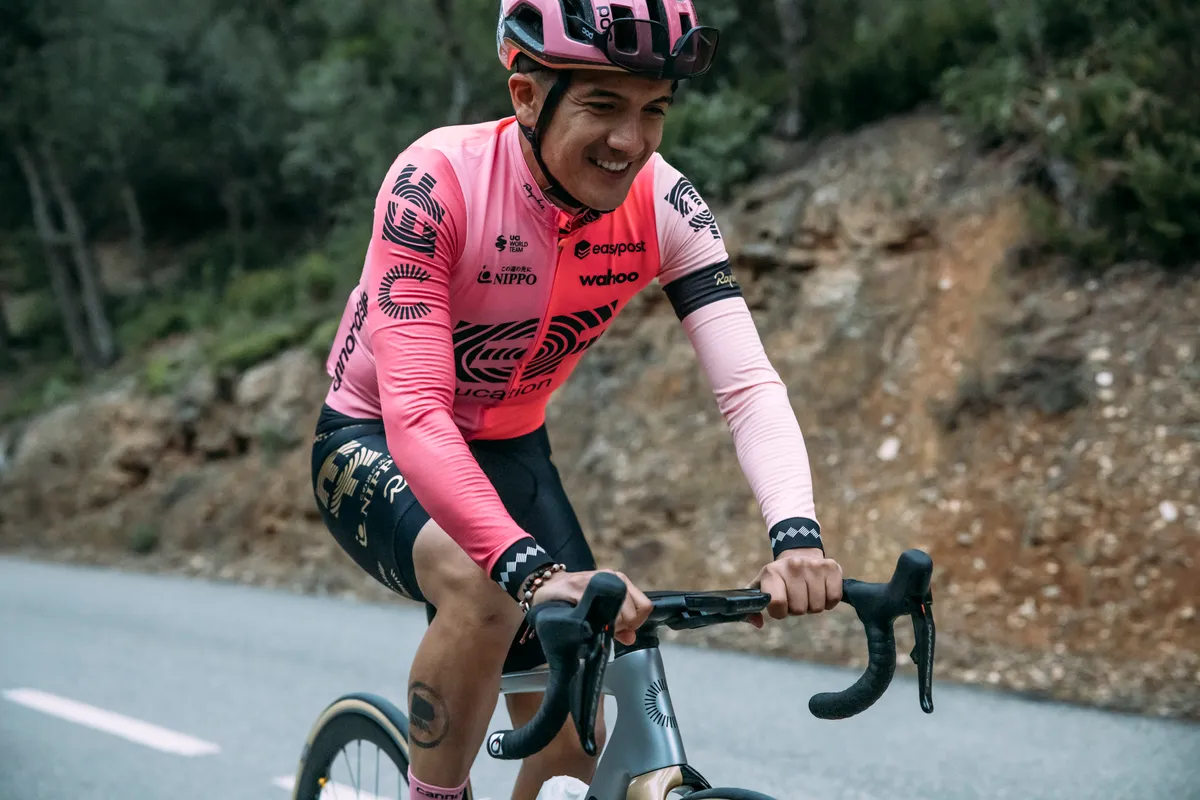
The front end, for example, appears more sculpted than before, with a subtle hour-glass shape to the head tube to reduce its frontal area slightly.
The space between the fork and front wheel also seems to have grown. This is an aerodynamic trick we’ve seen used on aero road bikes such as the Ribble Ultra SL R.
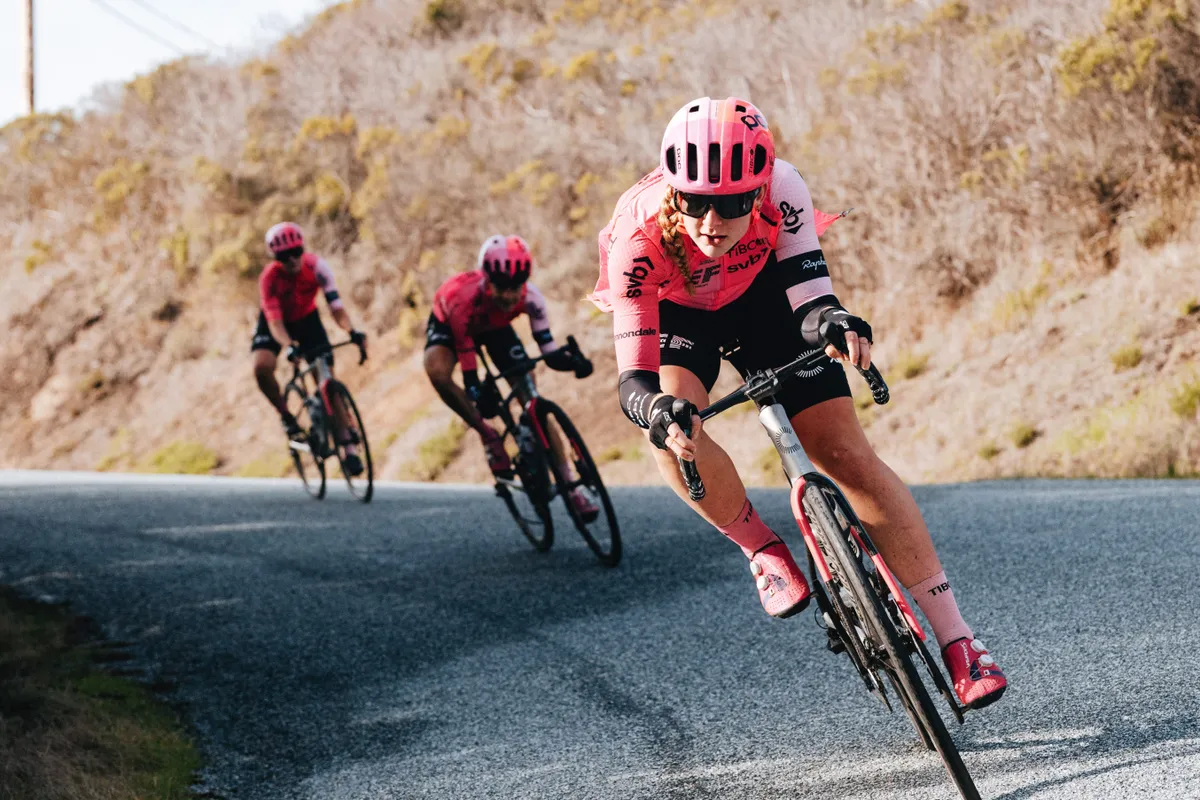
On top, the new bike looks set to use a Vision Metron cockpit and one of Vision’s internal cable routing systems.
This likely sees cables enter the bike through the stem and upper headset bearing, as on the Merida Reacto.
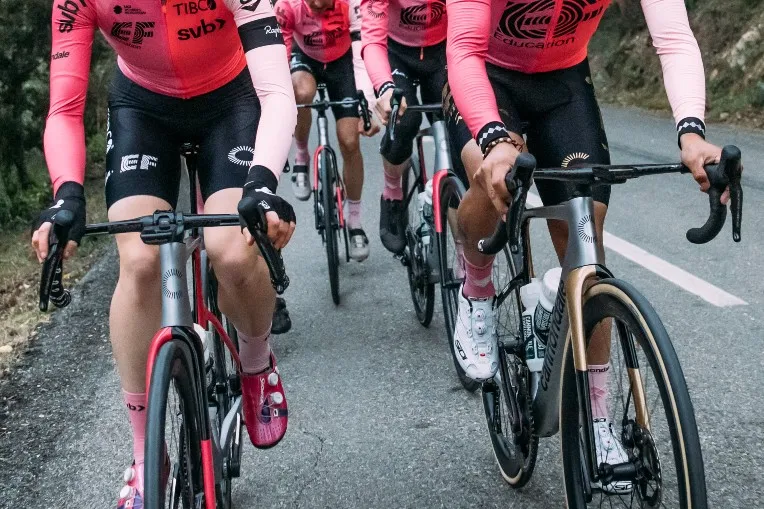
One major benefit of this internal routing system is it enables the use of both integrated and non-integrated cockpits, meaning riders can optimise their fit and contact points as desired.
We can see this in evidence with these new images, with one rider using a non-integrated handlebar.
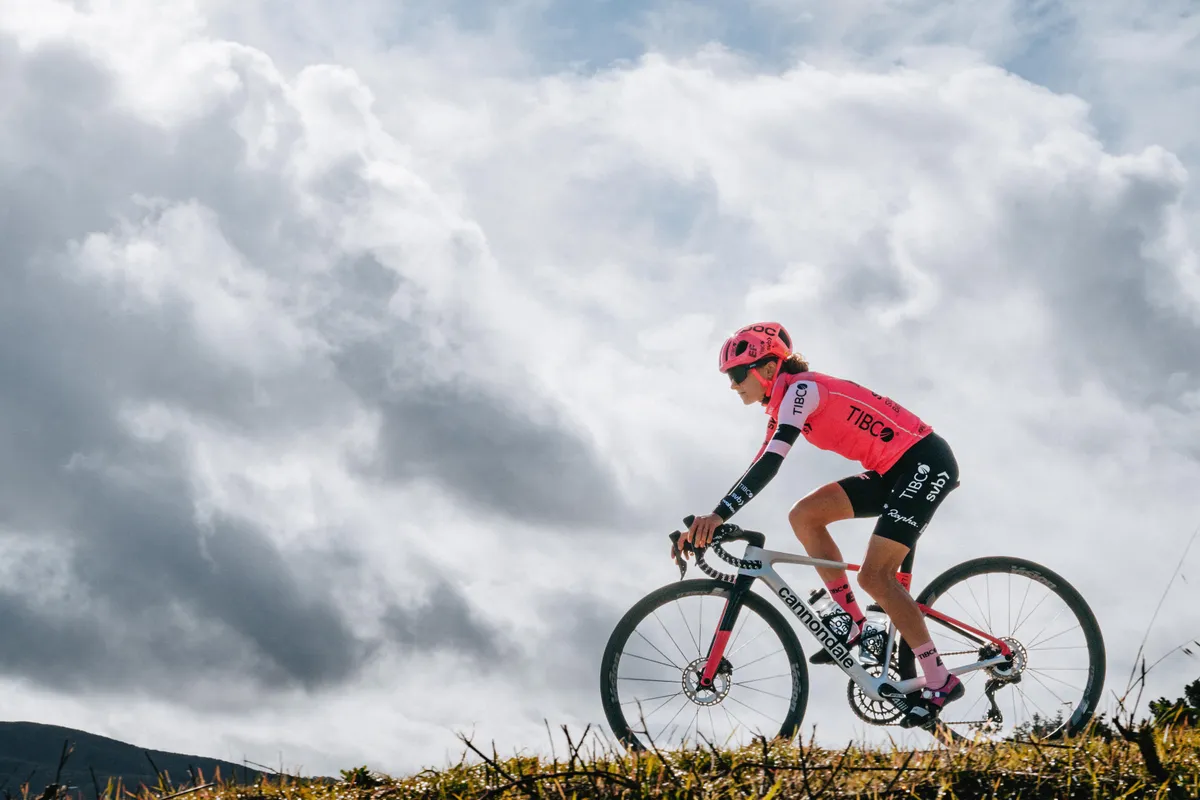
A clear side-profile photo of the new bike also shows the seatstays have been dropped lower than on the current model.
Again, this could be to improve aerodynamics, while Cannondale may also claim gains in comfort and, by creating a more compact rear triangle, stiffness at the rear end.
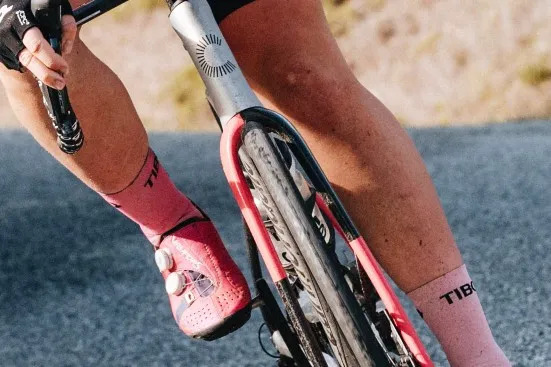
Elsewhere, the new fork offers generous tyre clearance. The current, third-generation SuperSix has maximum clearance for 30mm tyres, but we’d expect that to grow to 32mm or, as is the case with some of the most recent (and most progressive) race bikes, possibly 34mm.
Cannondale also appears to have moved to a threaded bottom bracket.

The current model uses a PressFit30 – a standard long championed by Cannondale – but that looks to have been replaced by a threaded BB.
Two of Cannondale's latest releases, the Synapse endurance bike and Topstone gravel bike, feature standard BSA/ISO threaded bottom bracket shells, and we expect Cannondale to follow suit here.
This is a move that, once again, follows many of the latest race bikes, such as the Specialized Tarmac SL7 (even if some riders – and BikeRadar staff – will argue that PressFit is better).
Cannondale is known for speccing its own SiSL cranksets on many of its bikes. These use a 30mm spindle.
BSA/ISO shells are compatible with 30mm spindles, though the bearings used in a BSA30 shell are generally very small. This can lead to reduced lifespan compared to bottom brackets with larger bearings.
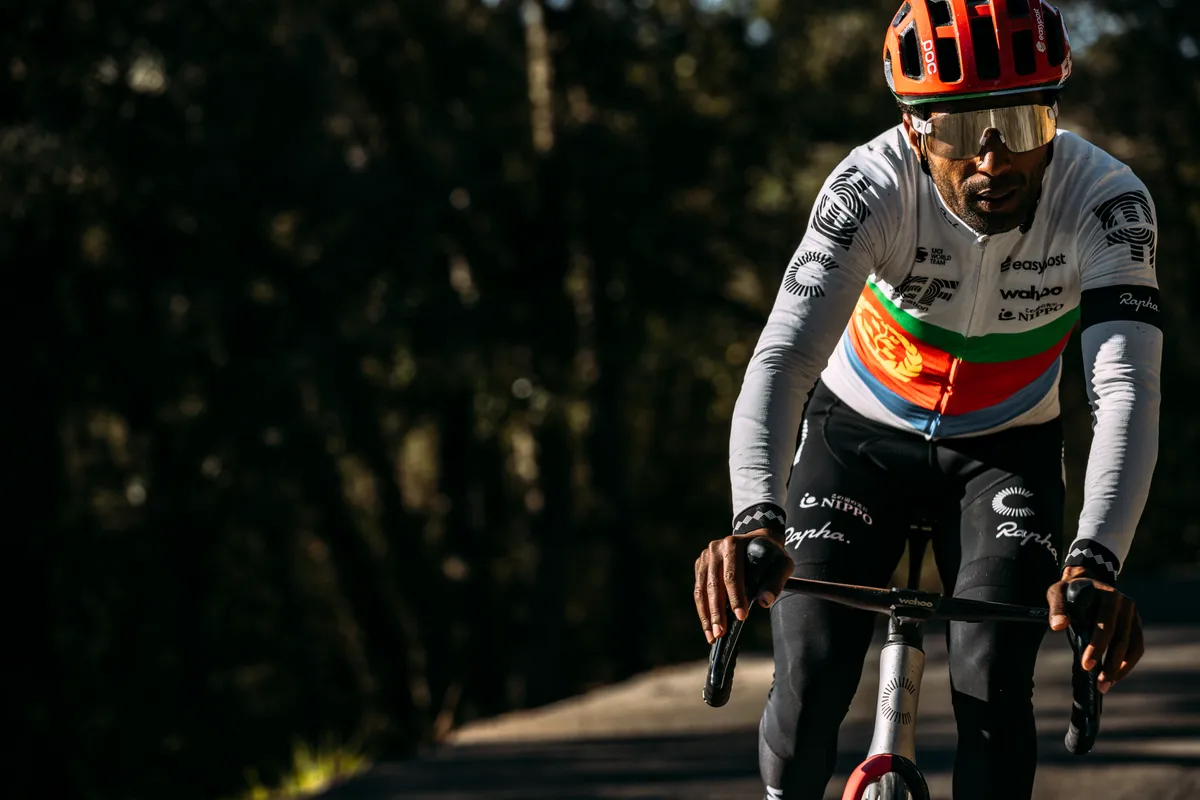
While elegant in design, PressFit30 was a standard that encountered some of the issues common to most press-fit bottom bracket systems – namely creaking and reduced lifespans.
If it retains its SiSL cranksets on consumer bikes (the EF team uses FSA cranksets), it will be interesting to see what bottom bracket Cannondale specs on models using 30mm spindle cranksets.
That's what we know for now. When we have official word from Cannondale on the new SuperSix launch, you'll hear it here first.
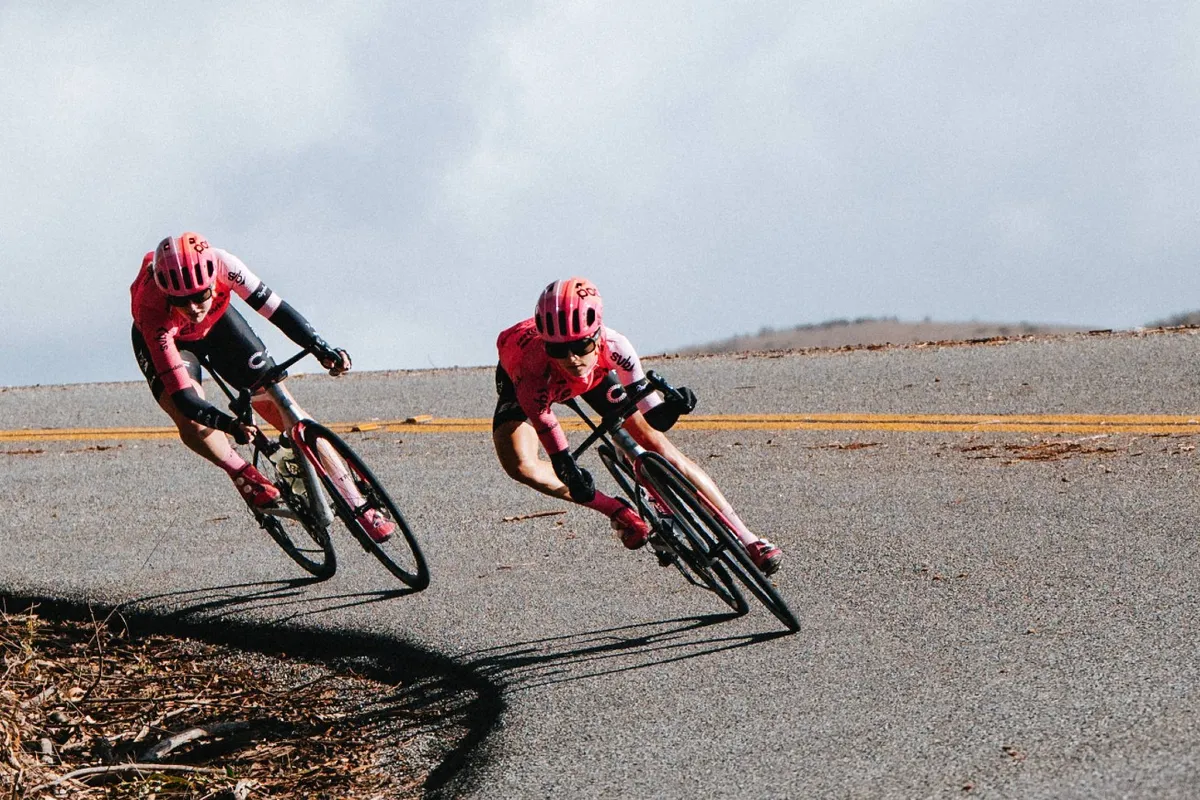
Original story continues below (24/12/22)
A new Cannondale road bike has been spotted being ridden by Andrey Amador of EF Education-EasyPost. Is this the next-generation Cannondale SuperSix Evo?
The SuperSix Evo is Cannondale’s flagship all-round race bike. The third-generation SuperSix Evo launched in June 2019 when it underwent an aero-optimised redesign to sit alongside the SystemSix, Cannondale’s dedicated aerodynamic road bike.
While this unreleased, fourth-generation SuperSix Evo looks fairly similar to the outgoing model, a closer inspection reveals notable differences, including a refreshed front end, more aggressive tube shaping and a hint at something further to come from Cannondale.
A refreshed front end
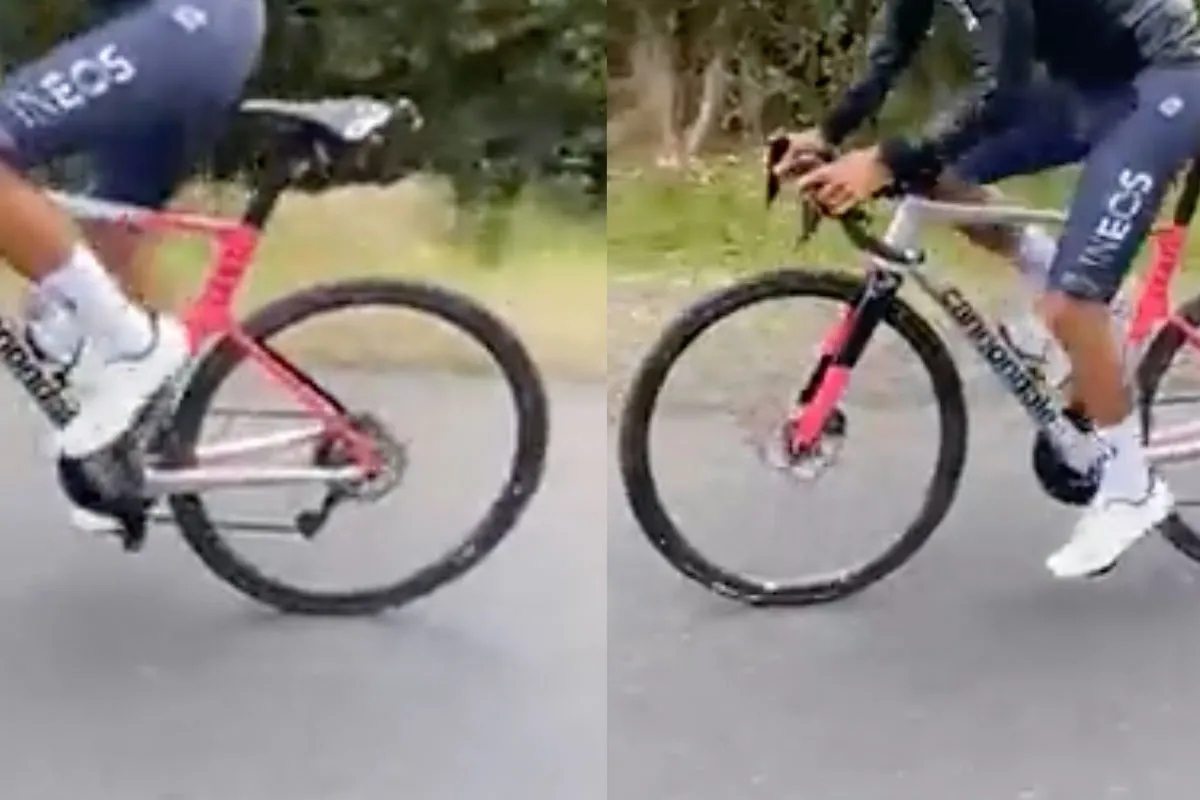
The new SuperSix Evo’s refinements are focused on the front end, with what appears to be a revised fork and head tube design.
This first glance suggests the revised head tube and fork aren’t as aggressive in their profiling as the outgoing model.
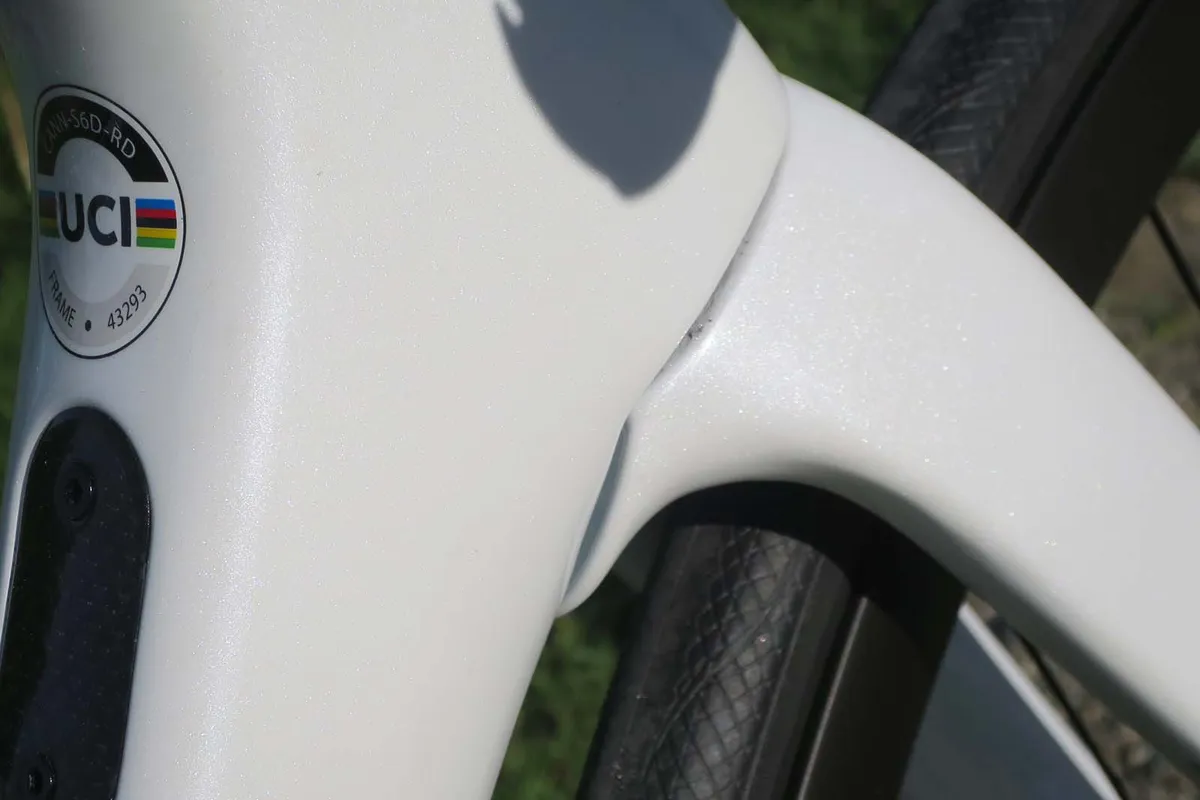
Though it’s hard to tell from the video of Amador, the integrated cockpit has been slimmed down. The design of the headset spacers is also different and seems to move away from the jigsaw-shaped design of the current generation.
We expect Cannondale has tried to simplify the current integrated design.
Tube-shape refinements
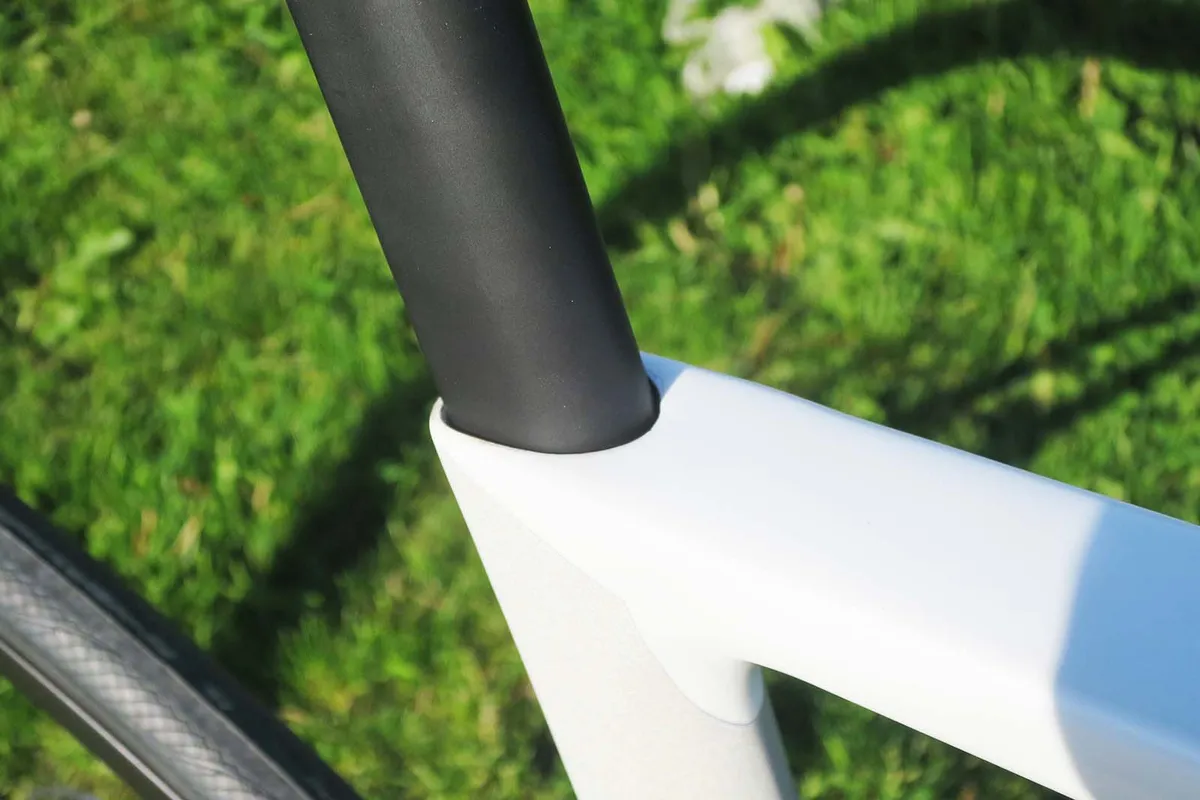
The bike features an aerodynamically shaped seat tube and a matching seatpost. The current Supersix Evo uses a shallow D-shaped post.
The seatstays have been further dropped and kink where they meet the chainstays. The top tube is also more aggressively shaped.
Though it’s impossible to tell from the screengrabs, we’d wager the new SuperSix will feature a threaded bottom bracket, moving away from the PF30a press-fit shell used on the outgoing model.
Cannondale has made similar moves with its latest generation Synapse endurance and Topstone gravel bikes, adopting a standard BSA/ISO bottom bracket shell.
Cannondale also seems to be moving away from Mavic’s SpeedRelease dropouts. This sees one open and one closed dropout and is claimed to speed up wheel changes.
Lab71
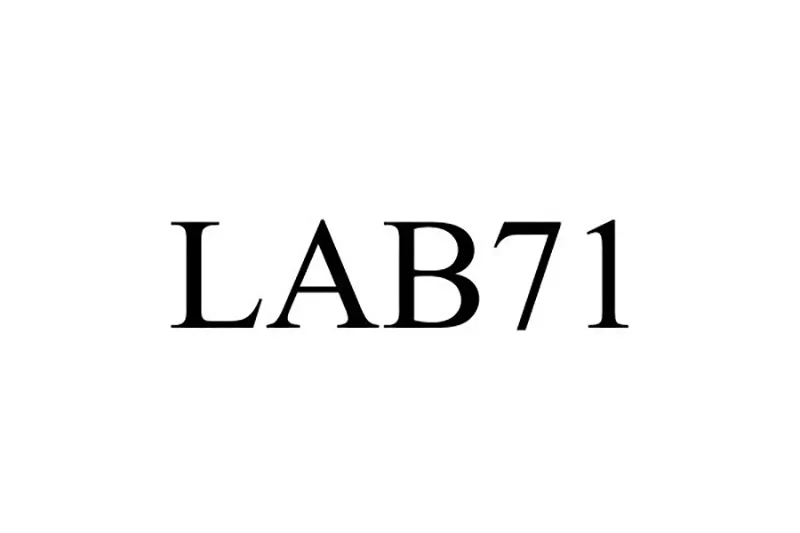
The frame being ridden by Amador is painted in Team EF colours.
With this in mind, it’s likely to be a finalised version of the new frame, to be ridden in the 2023 WorldTour season, unlike the Canyon Aeroad prototype spotted this week, which was unpainted and, in all likelihood, a pre-production model.
Interestingly, ‘Lab71’ is printed on the seat tube.
Cannondale is in the process of applying for a trademark covering for the Lab71 moniker. Could this be a new carbon material or Cannondale’s attempt at launching a flagship tier of bikes, similar to Specialized’s S-Works line or Trek’s Project One custom paint programme?
What next?
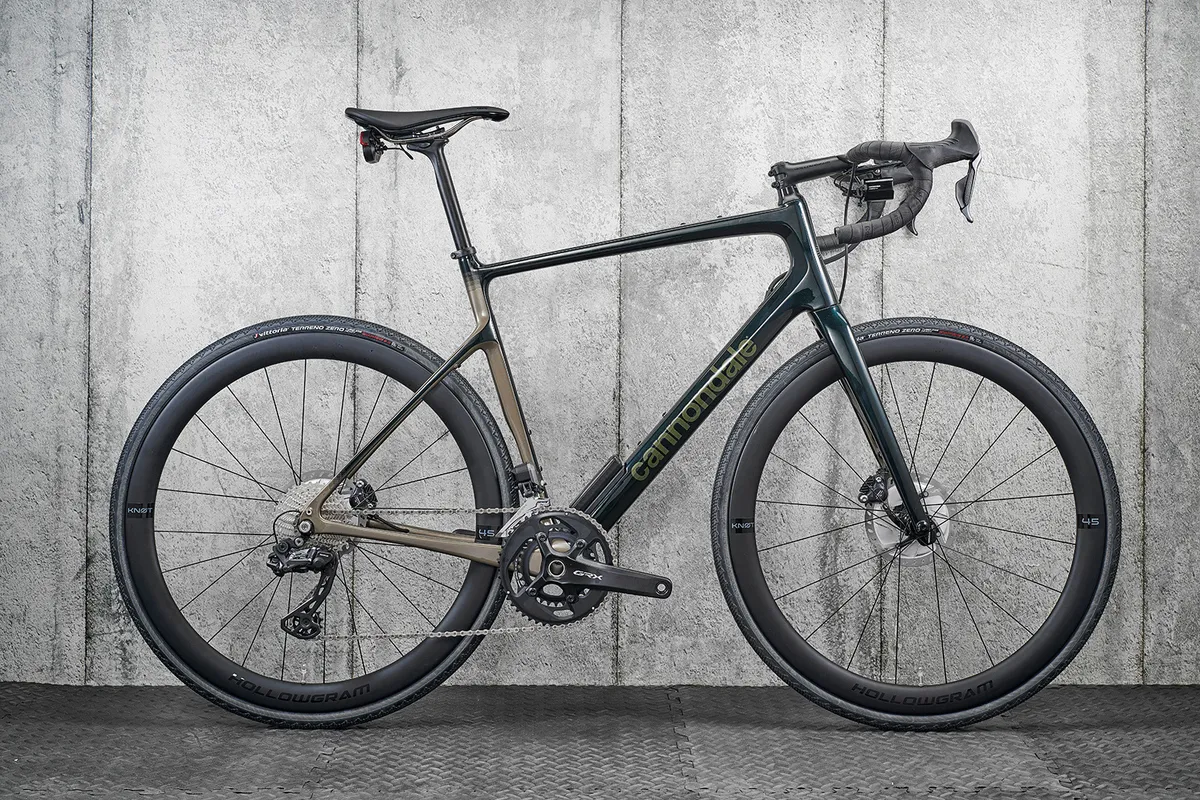
The SuperSix Evo is one of three main road bikes in the Cannondale range, sitting alongside the comfort-oriented Synapse and the SystemSix aero bike. The Synapse Carbon RLT RLE was our Endurance Bike of the Year winner in 2022.
The latest Synapse was launched in January 2022 and the SystemSix in July 2018. With the aerodynamic seat tube, might Cannondale be trying to amalgamate the SystemSix and SuperSix Evo into one bike like Specialized did with the Tarmac and Venge?
Given the SystemSix’s credentials as one of the fastest aero road bikes in the pro peloton, we’d expect this more likely to be an attempt to give the SuperSix a further aero-lite makeover, while retaining its credentials as a lightweight all-rounder.
That’s all we know so far. We have contacted Cannondale and will bring you more details if and when we get them.

